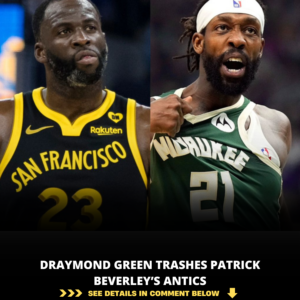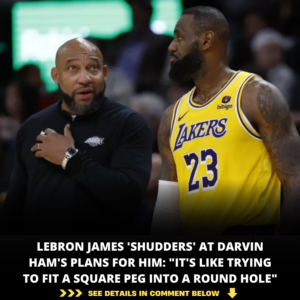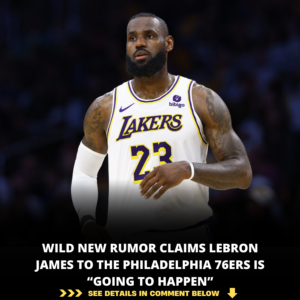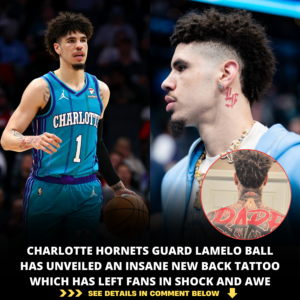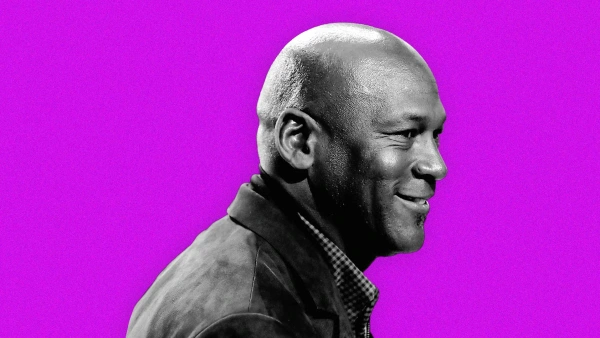
Michael Jordan. Photo: Getty Images
Last year, Michael Jordan made an estimated $150 million from his partnership with Nike. While estimates vary, he’s likely earned a total of at least $1.5 billion since 1986. (Good money if you can get it.)
But here’s the thing. In 1984, Nike sales had slipped nearly 30 percent from the previous year. The brand had almost no, um, foothold in basketball, and in a broader sense lacked cultural prestige.
Jordan’s first shoe transformed the company; first-year shoe sales totaled $126 million, a figure more than forty times the company’s three-year sales estimate. Fast forward and last year Nike grossed over $46 billion in sales. (If you’re keeping score, the Jordan brand contributed over $5 billion to that total.)
Two bets I’m willing to make? One, that Nike doesn’t become Nike without Jordan. (Nike founder Phil Knight says signing Jordan was a huge turning point for the brand, one that also “changed the industry.”)
Two, over the years someone at Nike — probably multiple someones — has said, “We’ve paid Jordan enough.” (And possibly Steph Curry, who left for Under Armour, and Lionel Messi, who took his talents to Adidas.)
Surely that happened at IBM, once the company realized just how much the royal deal they signed for an operating system from Microsoft would cost. On the flip side, I’ll bet people at Microsoft came to resent how Paul Allen still owned a large chunk of the company. (That’s an easy bet: Allen says he overheard Bill Gates plotting to reduce his stake in the company by issuing themselves stock options.)
Surely the same has happened with other licensing agreements, collaborations, or partnerships, since what seems like a bargain up front can later seem unfair. “If this doesn’t work out, at least we won’t be on the hook for a guaranteed sum,” can turn into, “You mean we’re still paying this guy?” (That’s happened to me on several occasions; companies or individuals once happy to pay me an agreed-upon percentage eventually say, “You’ve made enough money on that, thank you.”)
But Nike hasn’t paid Jordan enough, at least not in principle. Yes, thousands of Nike employees contributed to making the brand the juggernaut it is today. So did factory employees. Salespeople. Distributors. Retailers. The dozens, if not hundreds, of other endorsers like Tiger, LeBron, Ronaldo, Sharapova, etc.
Everyone played, and plays, a part.
But superstars — especially enabling superstars — play an outsize part. The coder who in large part built your first software product? Without them, you may not have a company. The designer who drew the first plans for your fledgling construction company? Without them, you may not have a company. Your first hire, the one who kept all the trains running on time so you could focus almost solely on sales for the first six months? Without them, you may not have a company.
That’s why you can afford to pay superstars more, not less. Where exceptional partners, endorsers, or brand ambassadors are concerned, too much is never enough.
Where exceptional employees are concerned, too much is definitely never enough. Always be willing to pay your best employees more.
Not just because you need them… but because they’re worth it.
News
DRAYMOND GREEN TRASHES PATRICK BEVERLEY’S ANTICS .kf
Draymond James is not holding back on his opinions about Patrick Beverly’s post-game actions. In a recent statement, James expressed concern over Beverly’s behavior following losses. The…
LEBRON JAMES ‘SHUDDERS’ AT DARVIN HAM’S PLANS FOR HIM: “IT’S LIKE TRYING TO FIT A SQUARE PEG INTO A ROUND HOLE” .kf
LeBron James ‘bristled’ at Darvin Ham’s scheme for him, and the Lakers swiftly ditched it. The plot twist had everyone scratching their heads. Imagine King James getting…
Wild New Rumor Claims LeBron James To The Philadelphia 76ers Is “Going To Happen” .kf
LeBron James (Photo by Ronald Martinez/Getty Images) For what seems like the third or fourth time in his illustrious career, we are trying to figure out where LeBron…
Everyone Is Falling In Love With NBA Reporter Ashley ShahAhmadi During The Playoffs .kf
Ashley ShahAhmadi (Photo via ashleynshahahmadi/Instagram) Ashley ShahAhmadi, the Charlotte Hornets reporter, is going extremely viral on social media. A recent stir among NBA fans was sparked when they discovered a new…
VIDEO: Some Dude Just Revealed the Cold Cold Truth About Why All These NBA Draft Prospects Are “Dating White Women” .kf
Caleb Williams at NFL Draft (Photo by Aaron J. Thornton/Getty Images) Unless this is your first day in America, then you know race relations in this country…
Denver Nuggets star Michael Porter Jr. gifted dad a Tesla for Christmas and surprised mom with SUV in his rookie year .kf
DENVER Nuggets star Michael Porter Jr. hasn’t been afraid to give back to his parents who helped him reach the NBA. Porter Jr. gifted cars to his…
End of content
No more pages to load
